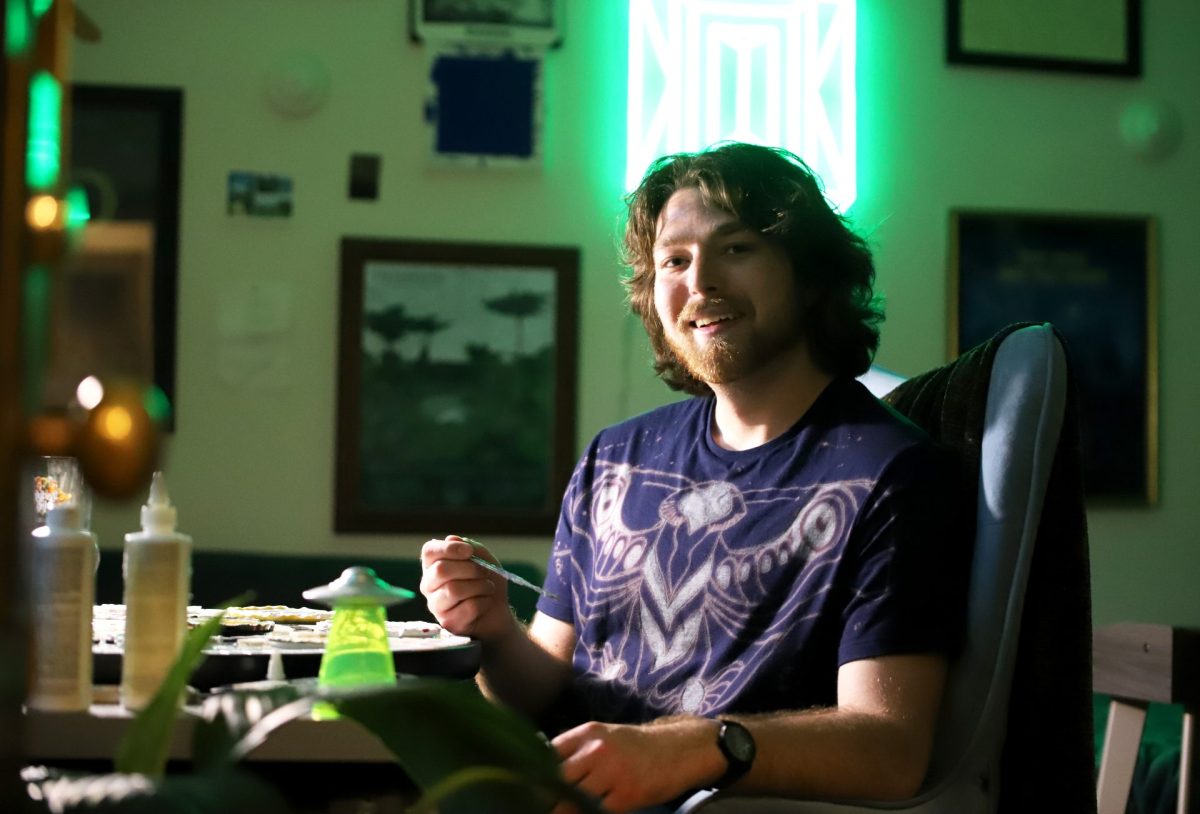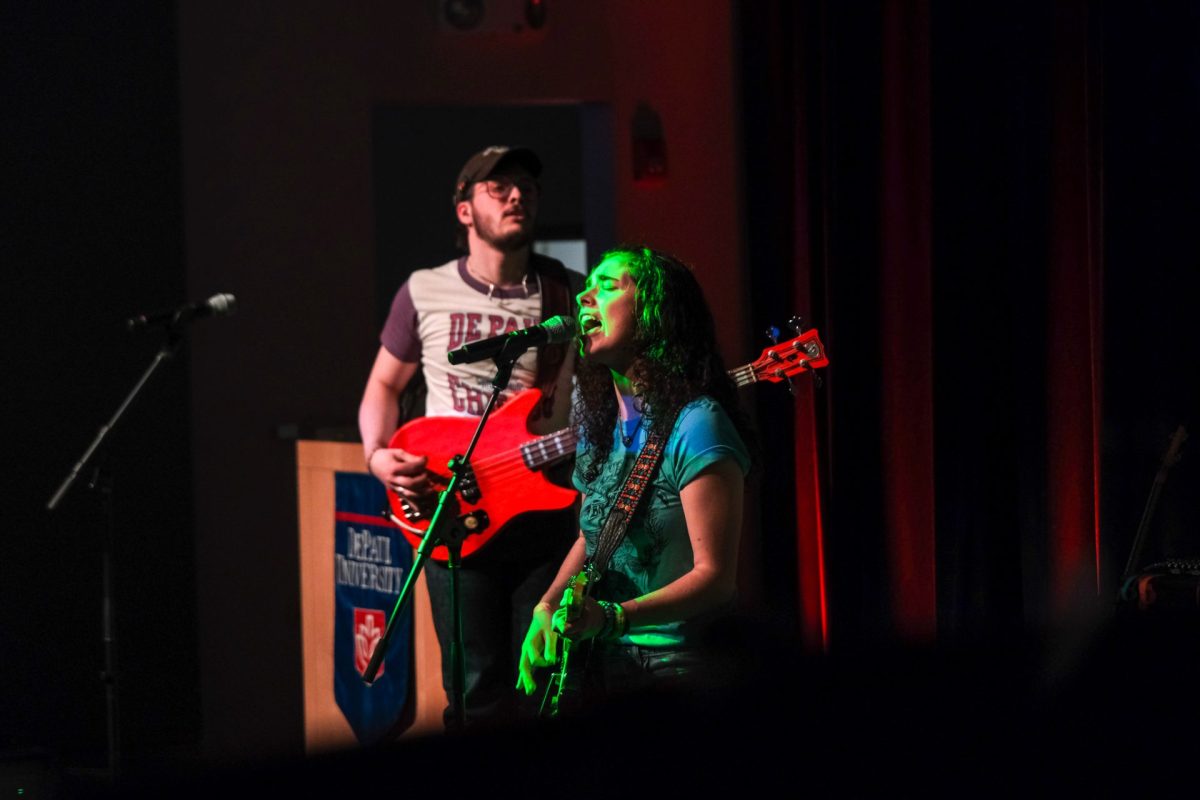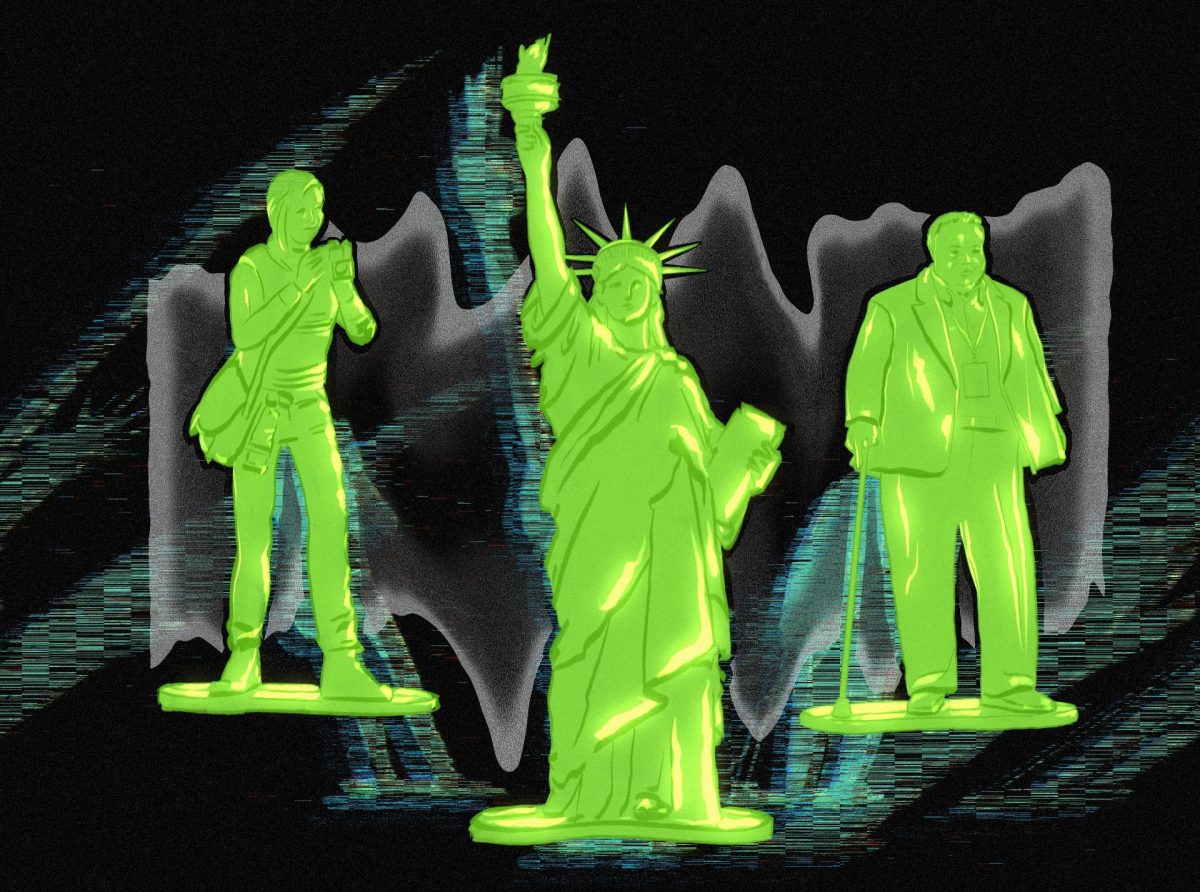October is Chicago Artists Month, a celebration of Chicago artists and their art that makes Chicago the lively, vibrant city that it really is. Thanks to numerous organizations, to gaze at some astounding artwork and sculptures, you do not have to get all dressed up and attend a gallery or a studio.
The Chicago Arts District (1826-1843 S. Halsted St.) has provided walk-around galleries in front of seven storefronts featuring seven Chicago-based artists. This project is titled The Installation Experiment, and it is the perfect chance to see the works of world-renowned local artists whenever you personally feel like it.
One of these seven artists is Nikki Renee Anderson, a sculptor who dives into the realm of beauty, desire and femininity in order to explore cultural stereotypes. A lot of her most recent works are fantasy objects that address the clich’ÛΩ composition of females being “sweet, spice and everything nice.” Through her work, Anderson strives to take these traditional ideologies and reinvent them into new ones.
“The Installation Experiment offers a unique opportunity to create an installation that is highly visible to public viewers from the sidewalk and the street. Typically, installation is only able to be experienced in a gallery or a museum and is only available to those audiences,” said Anderson.
Having been to public art spaces and gallery exhibitions, I must say that walking by a piece of work, being able to see it from all angles and sometimes being able to touch the work is much more rewarding than standing ten feet away from a piece next to people sipping on overpriced wine and eating fancy cheese. Granted, in order for the Installation Experiment to exist, it takes money from those types of art enthusiasts.
Barbara Hoshimoto, the main person who is responsible for the successfulness of the project, is beyond busy, working with funders from the International Sculpture Center; Chicago Sculpture International; the Chicago Arts District and the BauerLatoza Studio, a local architecture firm.
“Being the liaison between three big organizations is very difficult. On top of that, I am also overseeing the installation of all the pieces,” she said.
Hoshimoto is doing more than working behind the scenes, though. This is her first time being a featured artist on a project while also being on the executive side and making sure it all works out perfectly. She has definitely been waiting for this opportunity: Hoshimoto has lived in Chicago for five years and has 25 years of practicing art marked off of her to-do list. She also currently maintains studios in Tokyo and Los Angeles.
If that is not enough stress for you readers, for the Installation Experiment, she had to gather up all the artists selected, conduct background research and attend multiple studio visits. But, by Sept. 9 (opening day), Hoshimoto’s vision for the project had fallen into place.
“It is perfect because the artists I chose are used to working in installations. The spaces are storefront and are lit 24 hours a day. The main concept for the entire project is to make public art accessible to everyone,” said Hoshimoto. “The public art in Chicago is more customary and that is why I really enjoy the Installation Experiment because it is a less traditional way of working.”
Chicago is not really known for being a city with a great public art scene, but it is emerging. However, a piece of art on a blank wall is not the only way Chicago views public art.
“Chicago has extremely influential public art that surrounds us. Even things like the elevated transit system is beautiful to look at and all of the different shapes and lines found in the structure that holds up the train can be seen as art,” said Bandito, a Chicago-born artist.
Unlike New York City and Los Angeles, Chicago is still a city that holds true to classical and traditional stylistics of art and over many years that can pose a problem for local artists trying to breakout.
“Chicago, as a city, is not as accepting, in terms of art, as other places. Other cities have beautiful murals all over it. Murals that are done with the medium of spray paint. Spray paint is used as a medium for murals all across LA and New York metropolitan areas where as in Chicago, it’s less prevalent because spray paint itself is illegal. So one is prohibited to create legal public art because their tool itself is outlawed,” said Bandito.
The Installation Experiment goes until Oct. 30 and is located in the Chicago Arts District (1826-1843 S. Halsted St.)







